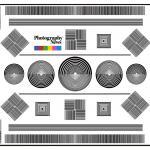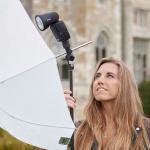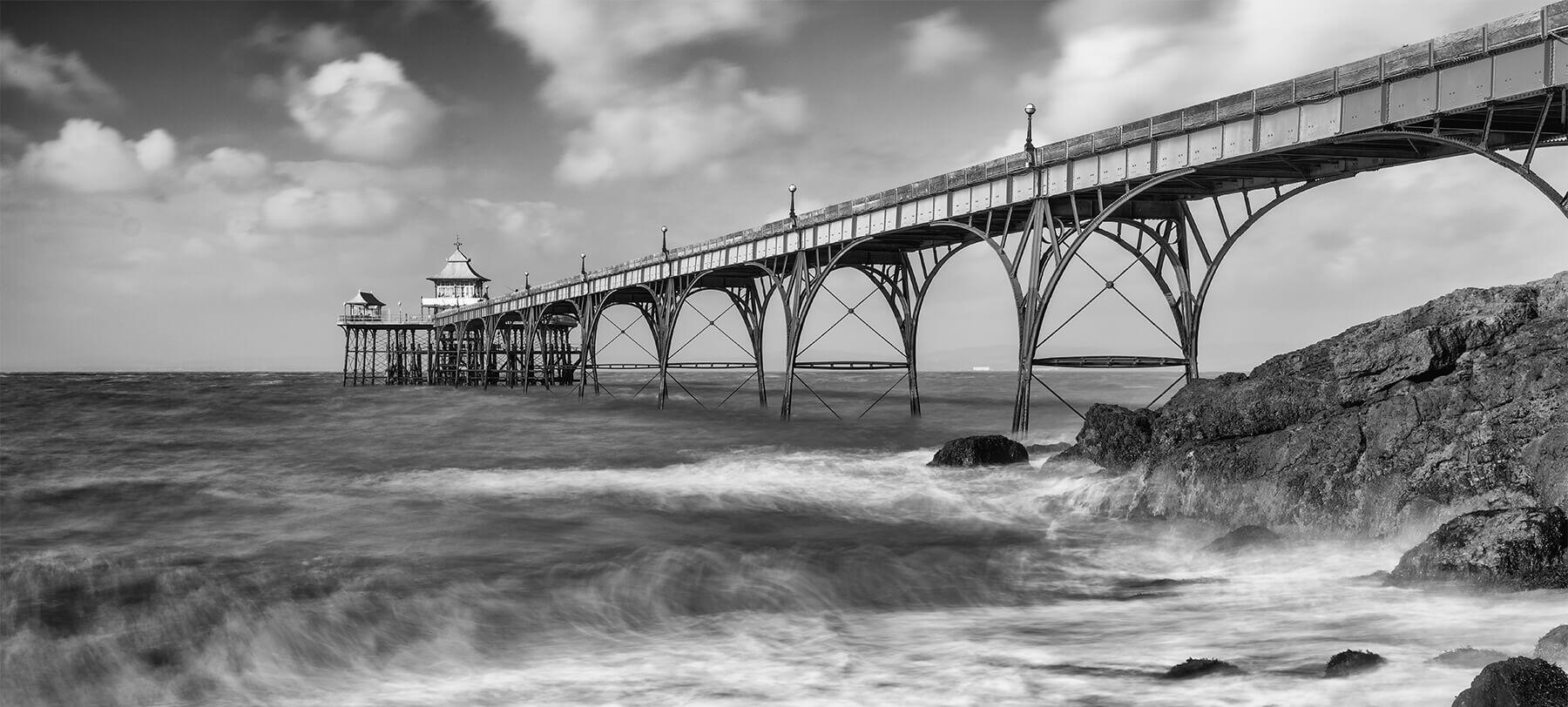
Photographic judge Paul Burwood gives his verdict on the Fujifilm GFX 50R – Make the Switch
Posted on Apr 22, 2020
What’s the next step up from using a full-frame DSLR ? Medium format, of course. Find out how PN reader Paul Burwood got on when he switched to a Fujifilm GFX 50R.
SPONSORED BY FUJIFILM
I got into photography in the early seventies with a Zenit B 35mm film camera, but always dreamed of owning a Hasselblad. Those dreams never materialised, but in the early eighties I purchased my first marque camera, a semi-professional Nikon FE 35mm, and gradually built up a set of prime lenses including 35mm, 50mm, 105mm and 200mm optics. I also owned a Nikon FM, but always deferred to my FE.
My main subjects of interest during those years included landscapes and people. But sadly, my interest in ‘proper’ photography somewhat stalled in the eighties and nineties, and centred around family snaps during holidays and other celebratory events.
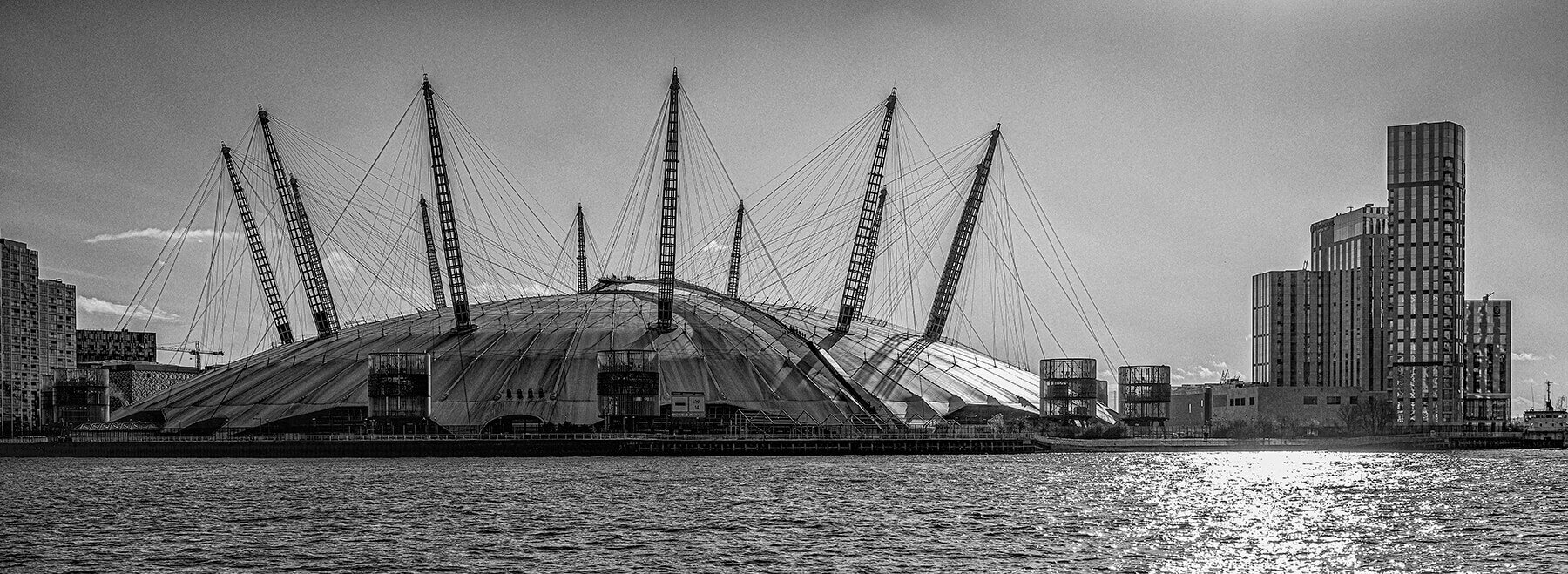
After dabbling with a few digital compacts in the early 2000s, I eventually decided to get back into more serious photography and bought my first DSLR in 2007, which was an APS-C Nikon D80 with an 18-135mm lens. Three years later I upgraded to another cropped-sensor DSLR, a Nikon D300s, this time with a 16-85mm lens, probably with the idea that it would improve my photography. As we all know, just having newer gear does not mean better images, but the image quality on the D300s was better, giving me the confidence and impetus to continue improving.
It was no real surprise that five years later, I decided to move to full-frame, with a Nikon D810 and a 24-70mm f/2.8 G. Early retirement led to expanding my kit with five further prime and zoom lenses, and a range of Lee filters. I also attended more landscape workshops and investigated other genres including street, portraiture and macro.
As I already said, kit doesn’t necessarily make you a better photographer, but joining my local camera club, entering competitions and becoming a judge have all helped to improve and expand my picture-making further, and helped enormously on my journey to attain LRPS in June 2018 and my CPAGB in November 2019.
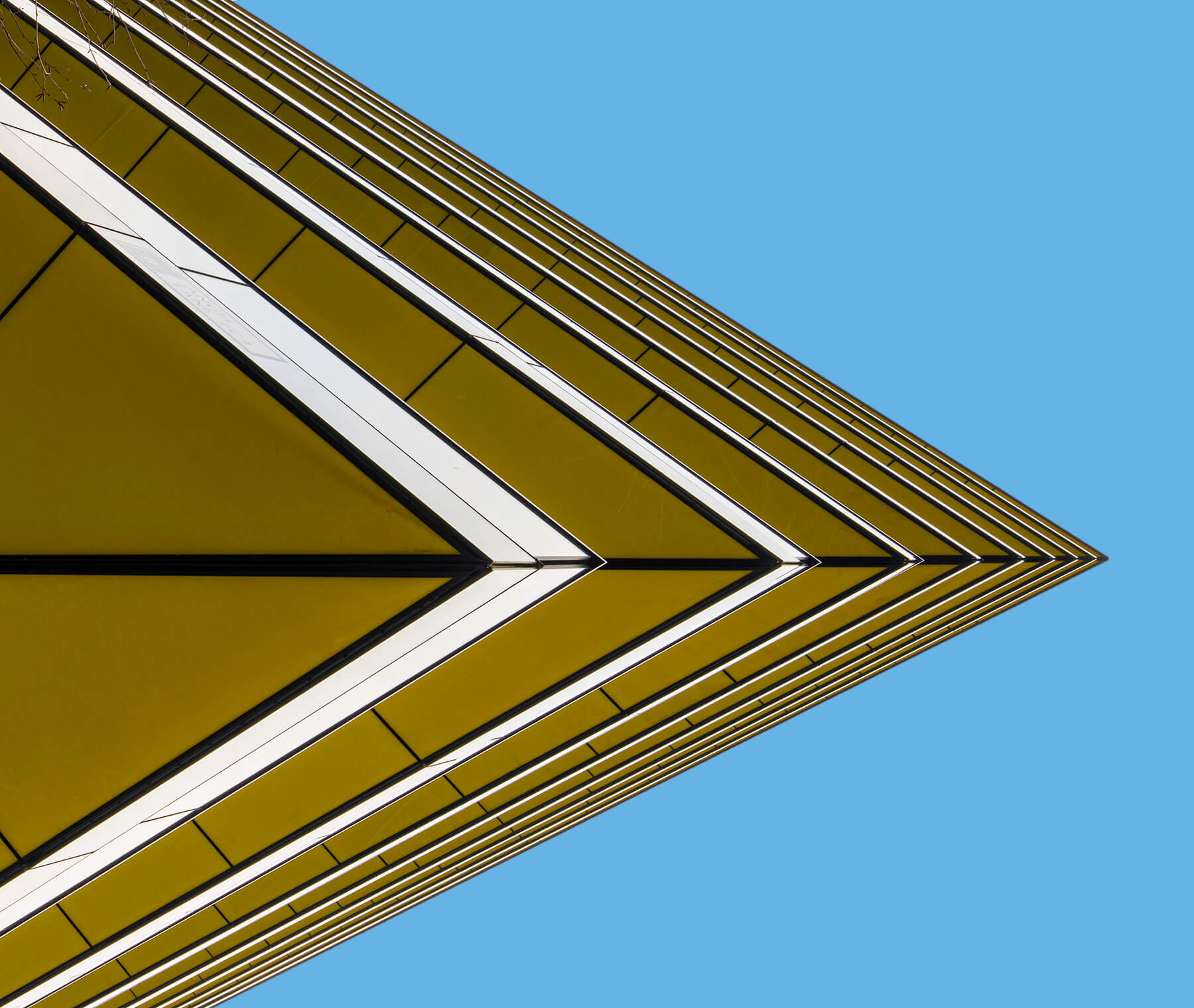
It was at my camera club that I was first attracted to Fujifilm’s GFX medium format system as there was an engaging talk given by one of the Fujifilm team. A subsequent visit to the Fujifilm House of Photography in London stoked the interest further. The GFX system also promised to fulfil that childhood dream of shooting with medium format, so I was very happy to try one out as part of Photography News’ Make the Switch.
I opted for the GFX 50R body, a GF32-64mm f/4 R LM WR and a GF23mm f/4 R LM WR, partly because of their similar size and weight to my existing set-up, and partly because I thought the kit would suit my love for landscape photography.
I love shooting seascapes in particular, and as the RPS has just added landscape photography to its Associate genres, an upcoming week’s holiday in North Devon seemed like the perfect opportunity to tackle that and the new camera. Along with the lenses I chose, I thought the GFX 50R’s 51.7-megapixel sensor would make it ideal. Unfortunately, storm Ciara had other ideas, and I was not able to put the GFX 50R to the test as much as I would have liked, due to the gale-force winds, torrential downpours and hailstorms.
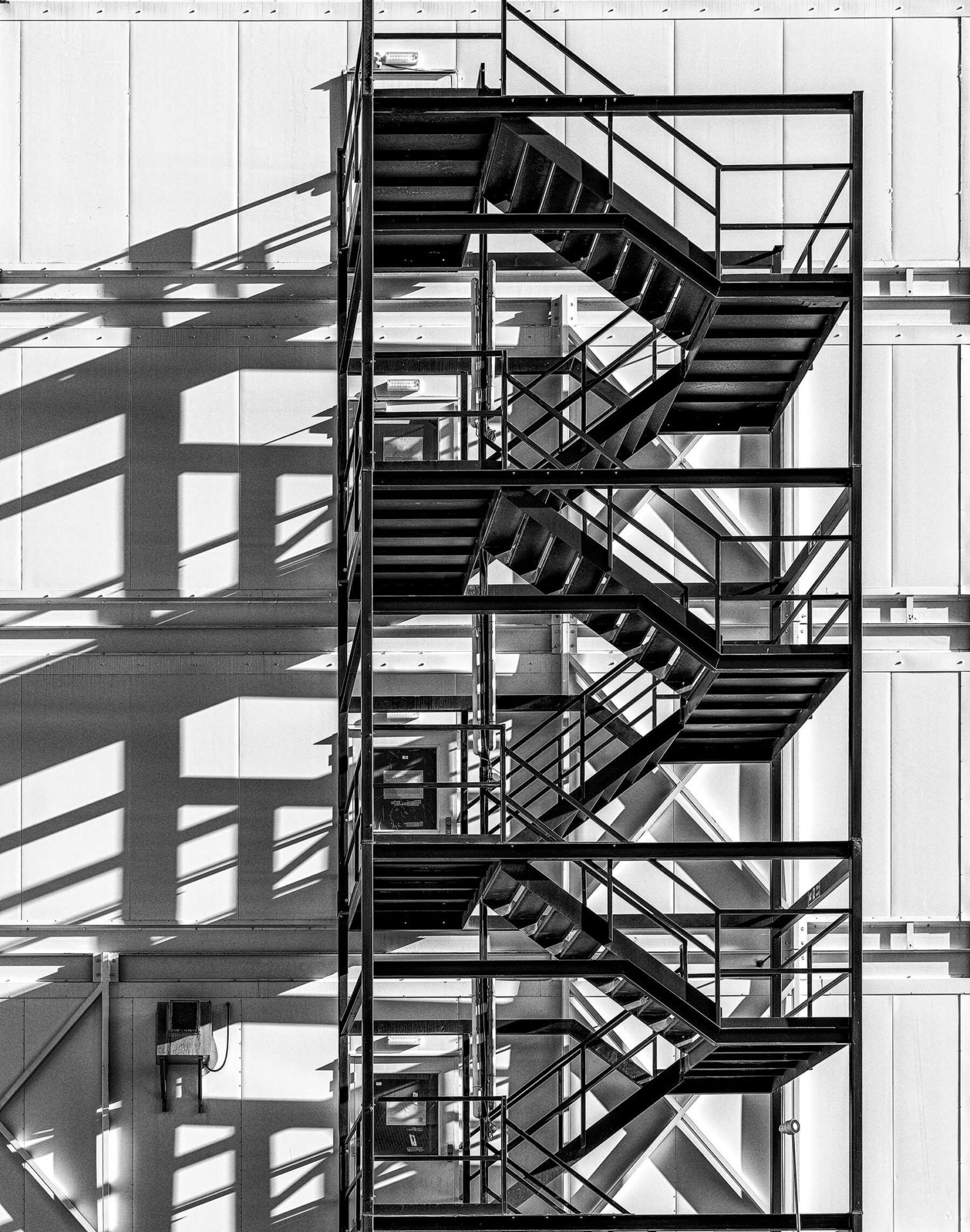
The camera’s weather sealing may well have kept them at bay, but as any landscape photographer can testify, strong winds and long exposures for moody and creative seascapes don’t generally go together. However, there were a few breaks in the weather, which allowed me to visit a couple of locations I had photographed before, with the idea of directly comparing the image quality between the GFX 50R and shots taken with my existing kit.
Due to the poor weather in Devon, I also packed in two all-day sessions in London to further test the GFX’s capabilities across a range of cityscapes, with and without a tripod, and did some street photography, that being another passion of mine. Overall, the GFX 50R performed beautifully throughout, and by the second session I was very comfortable carrying the GFX 50R around on a wrist strap. Despite the larger image format, it felt no more cumbersome than my regular gear.
Even though the Fujifilm menu system was new to me, I got to grips with it fairly quickly, especially given I knew exactly how I wanted the camera to be set up. The menus were intuitive and relatively easy to navigate, and if I’d had more time with the camera, I would definitely have made full use of the five dedicated function buttons that can be mapped to your most-used settings.
In terms of handling, whilst I’m extremely used to using a DSLR, I very quickly got comfortable with the rangefinder-style of composing my images. When using it on a tripod I deferred to the articulating rear LCD, but it would be great if the screen was fully articulating, particularly for composing in portrait format.
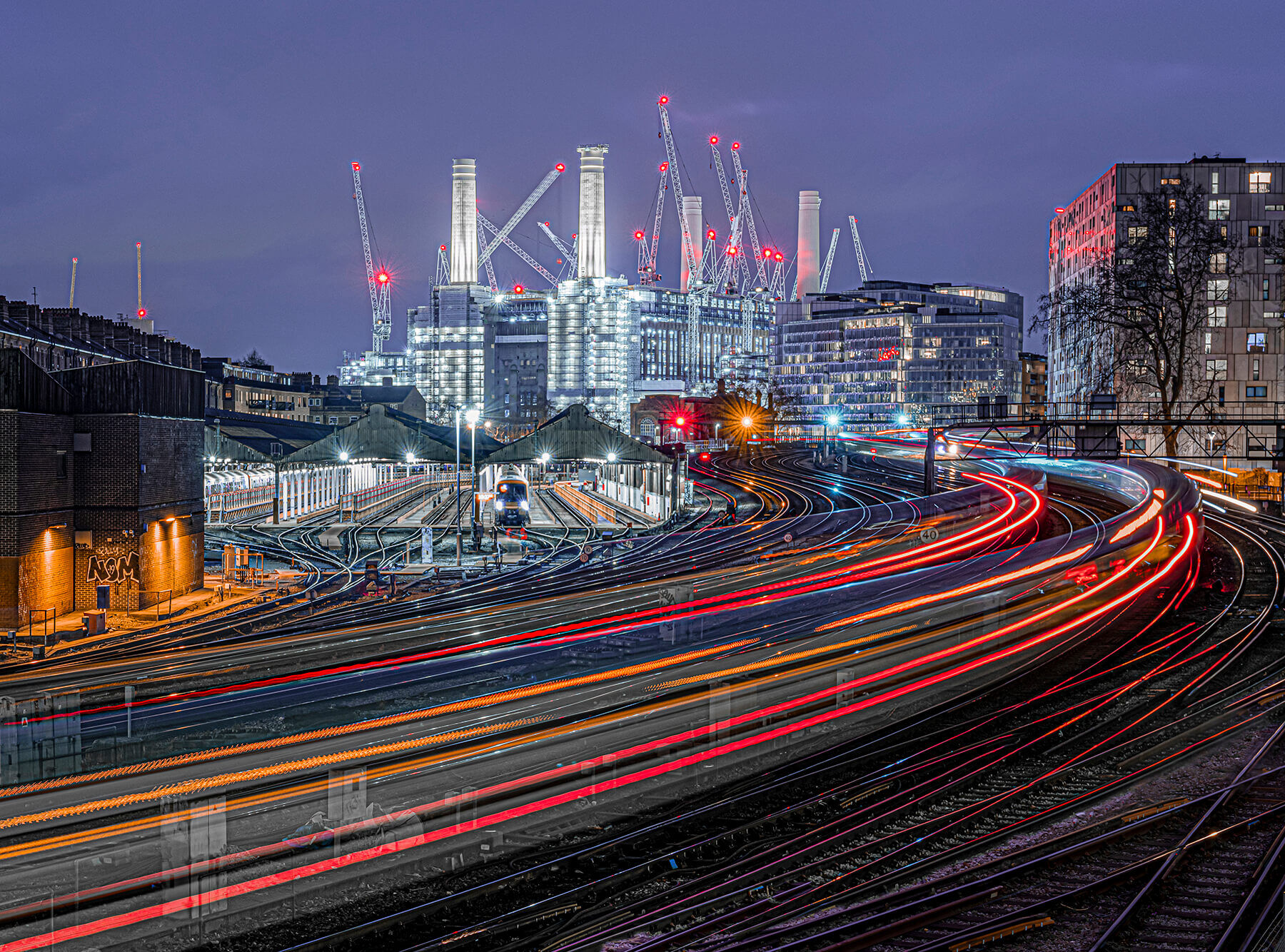
I found the focus lever very useful when handholding the GFX 50R, and more user friendly than the D-Pad on my Nikon D810, although when using it on a tripod there was little to choose between the two for moving the focus point around the rear LCD.
However, the ability to move the focus point from one edge of the frame to the other when handholding the GFX 50R, as against the fairly limited AF area on my Nikon D810, I found a huge advantage.
Another feature I enjoyed using, which harks back to my old film SLR cameras, was the aperture ring on the GFX lenses. I felt it was a very tactile way of working, and I enjoyed using it more than a command dial. It feels more connected somehow.
I also liked the focus peaking, where in-focus areas are highlighted for easier manual focusing, although it took me a little while to nail this, given my lack of experience, as the Nikon D810 does not have this feature. Similarly, my current gear does not have focus bracketing, and I found this feature extremely beneficial for my landscape and cityscape images, although again it took a little time to fully realise its potential. If I had more time with the GFX 50R, I would love to make further use of the focus bracketing function with the GF120mm f/4 R LM OIS WR Macro lens, for shooting insects and flowers.
The storms impacted my plans to visit locations I’d shot with my D810 and make a comparison of image quality, but I was able to take some broadly similar pictures. Studying the images at a ratio of 2:1 in Lightroom I was pleased to see the shots taken on the Fujifilm GFX 50R were noticeably sharper; not a huge surprise, given the bigger sensor and 40% more pixels.
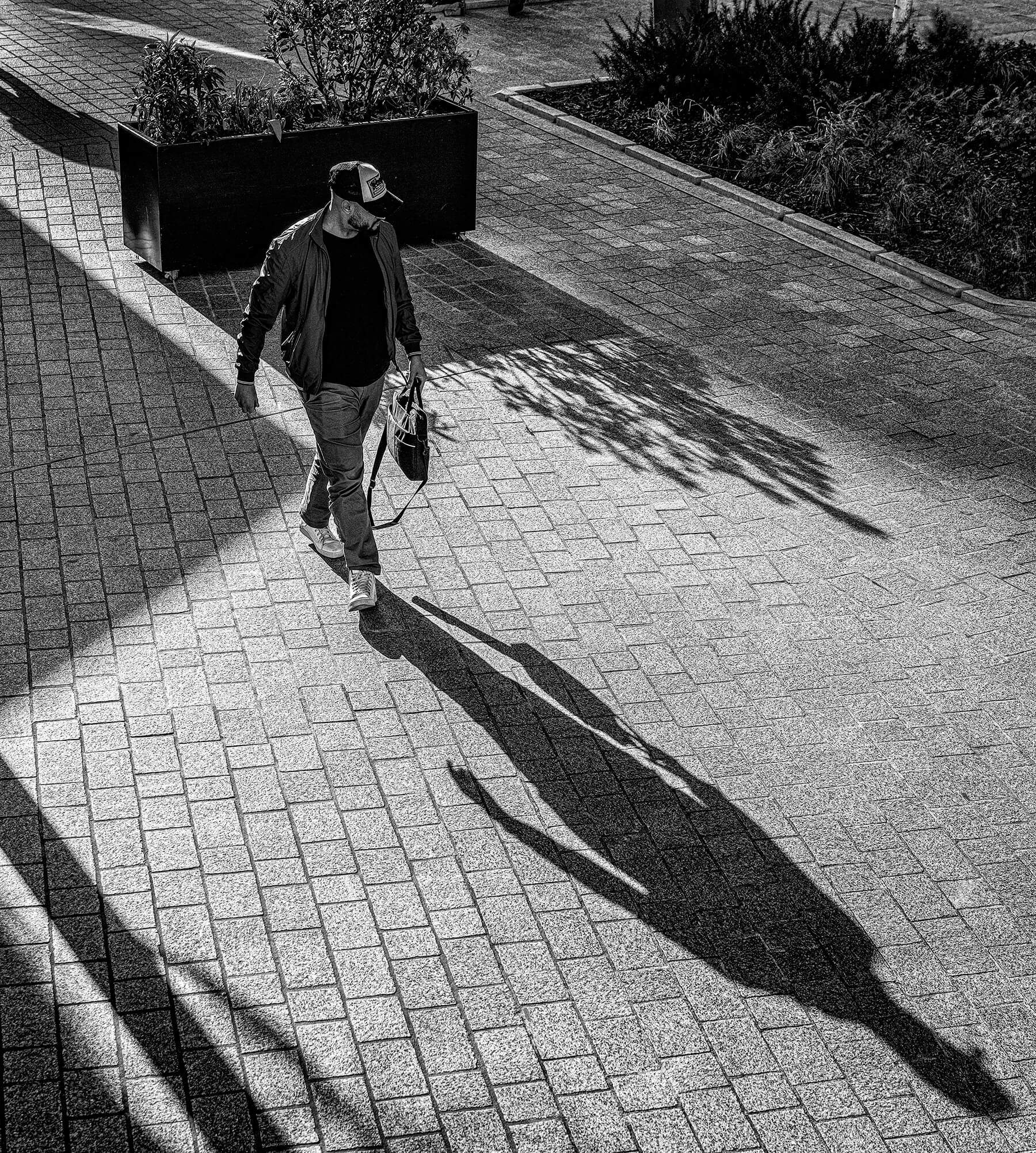
I found the Fujifilm GFX 50R just as easy and comfortable to use as my Nikon D810, but with the added benefits of an articulating rear screen, focus peaking, focus bracketing and greater image quality. I’d love to see Fujifilm continue to expand its range of lenses for the GFX system; it would be good to see an ultra wide-angle zoom, which would significantly increase its appeal to landscapers like myself. Would I recommend others to try out Fujifilm gear? Absolutely!
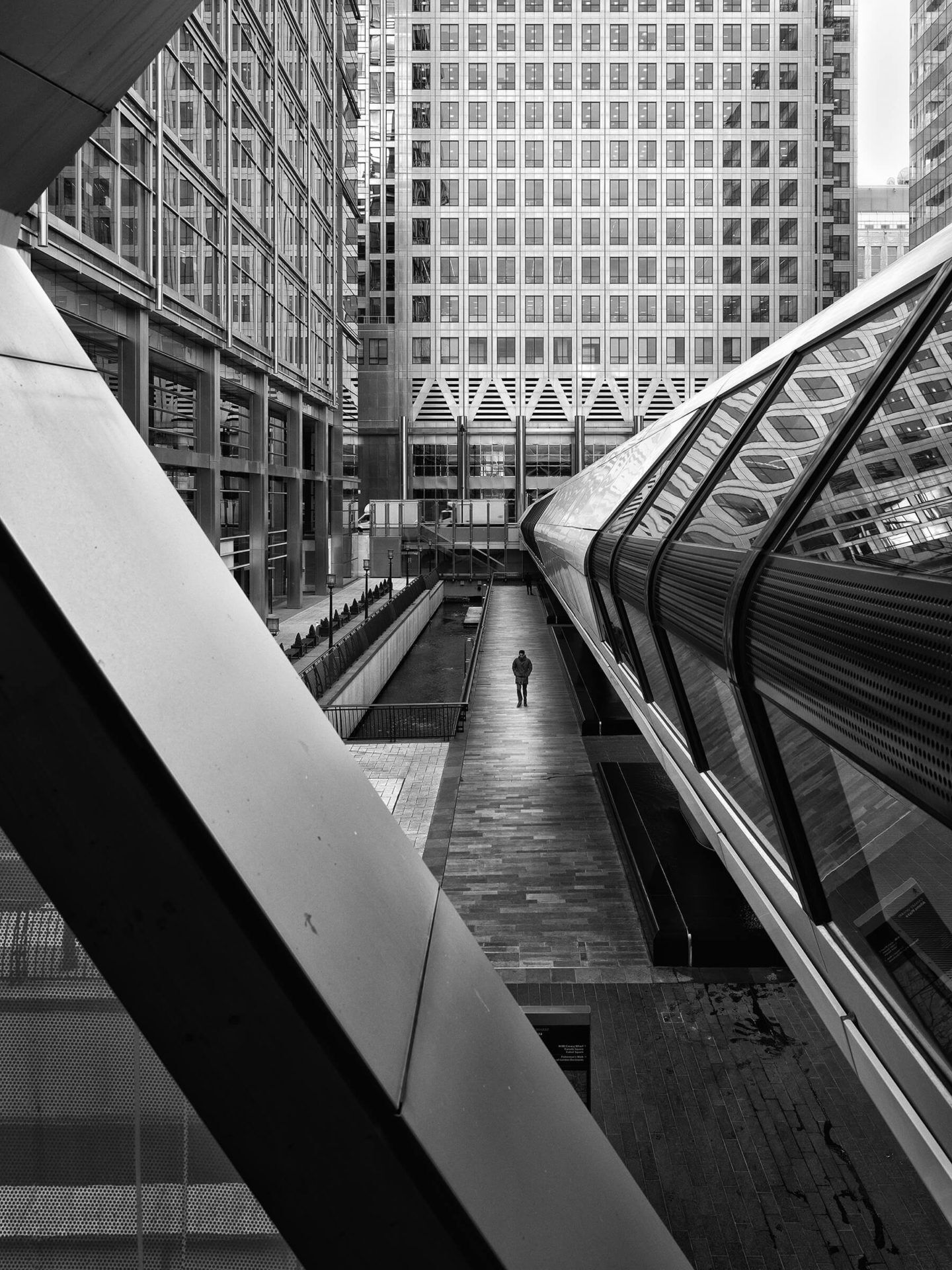
The kit Paul used
GFX 50R
The second camera to break cover in Fujifilm’s medium format GFX range, the GFX 50R keeps the same high-resolution G-Format 51.4-megapixel sensor as found in the GFX 50S, but combines it with a rangefinder-style body. This makes for a lighter and smaller camera, but still with a weather-sealed, magnesium alloy design and great handling thanks to manual inputs for shutter speed and exposure compensation, and a new focus lever to increase the speed of adjustment.
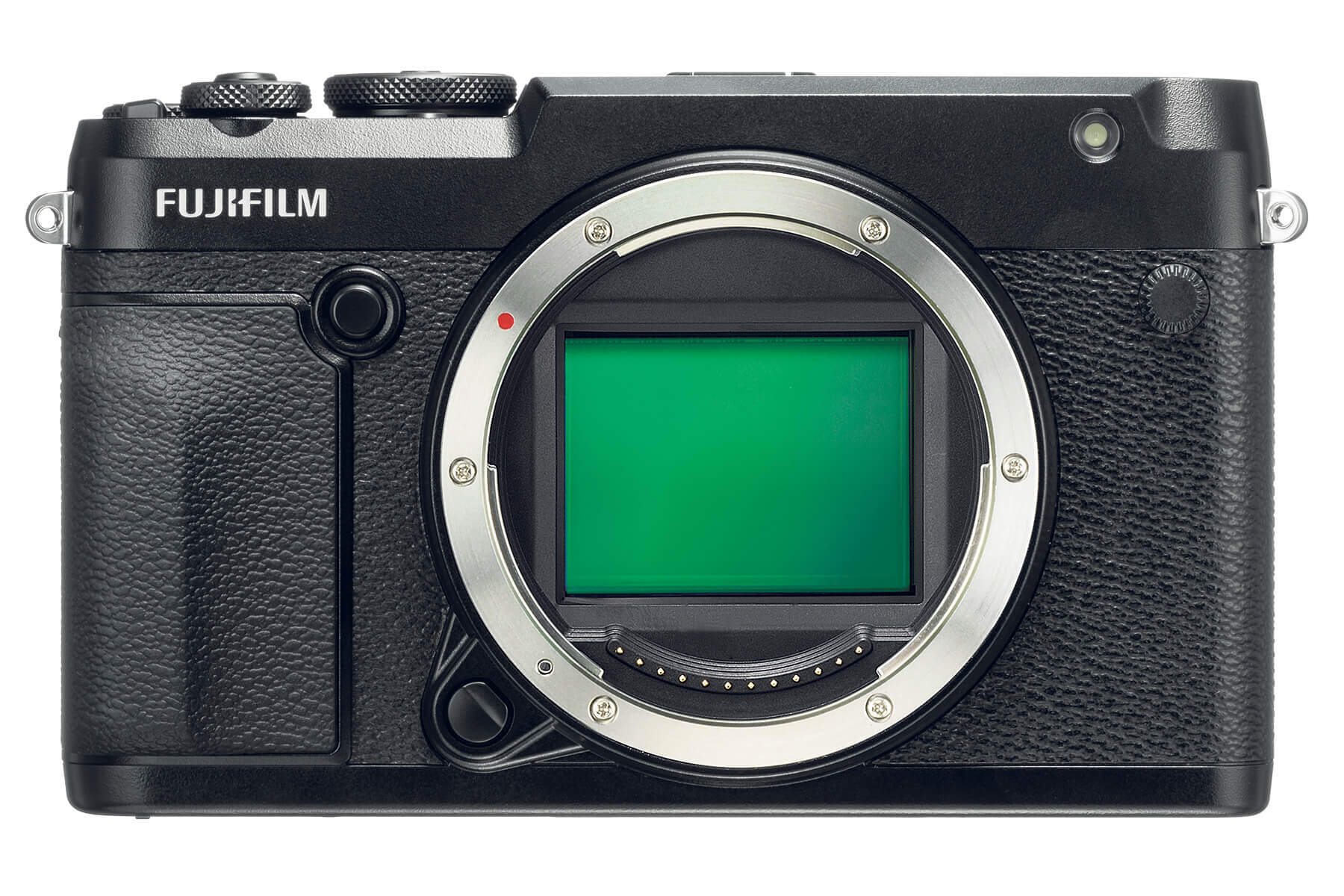
GF32-64mm F/4 R LM WR
Weather and dust sealed, like the bodies it’s designed for, this is the standard zoom lens for the Fujifilm GFX cameras, with a constant f/4 aperture and fast, silent autofocus.
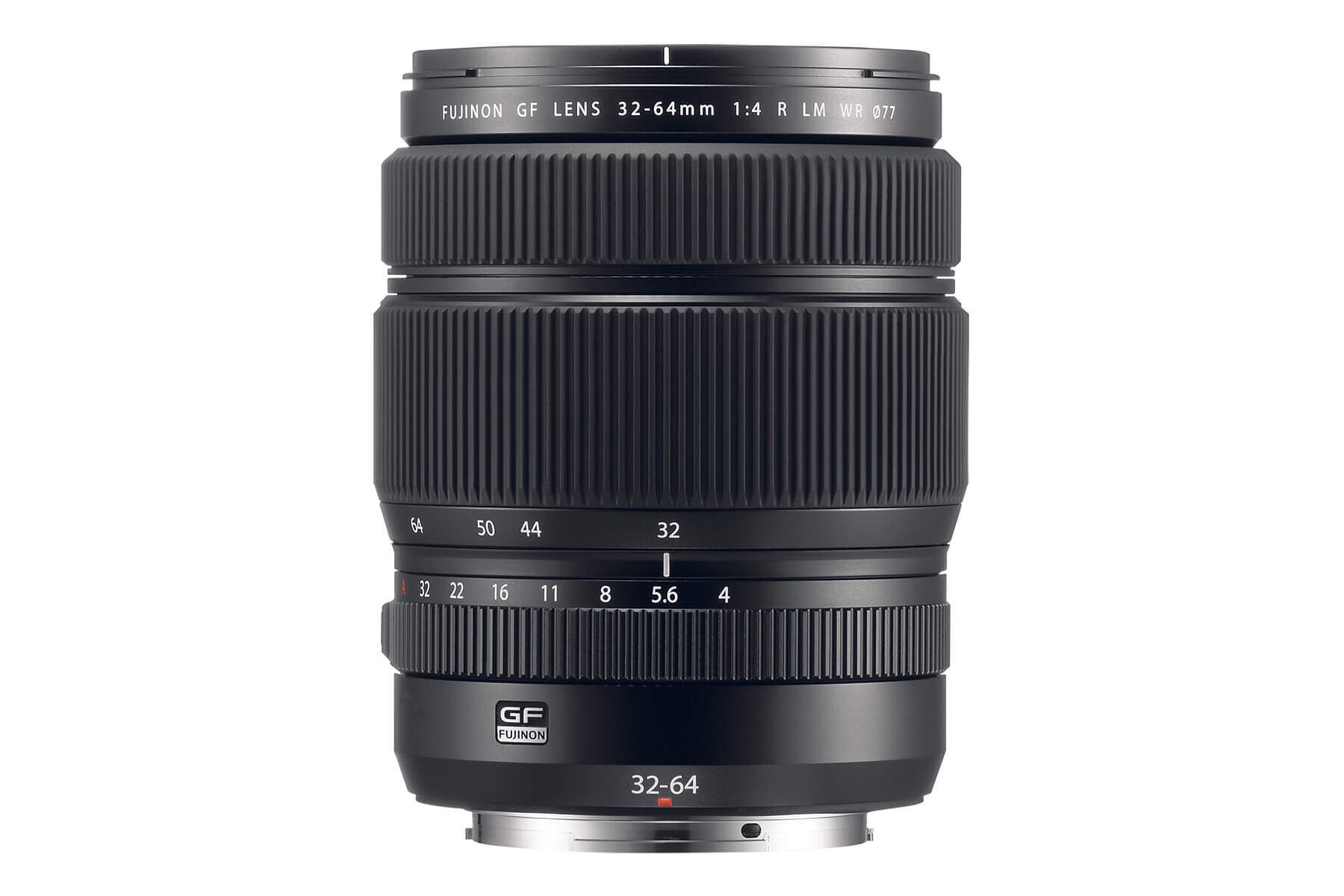
GF23mm F/4 R LM WR
This super wide-angle lens is the perfect partner for sprawling landscapes, architecture and interiors, delivering sumptuous detail when twinned with the GFX 50R’s ultra high-resolution sensor.
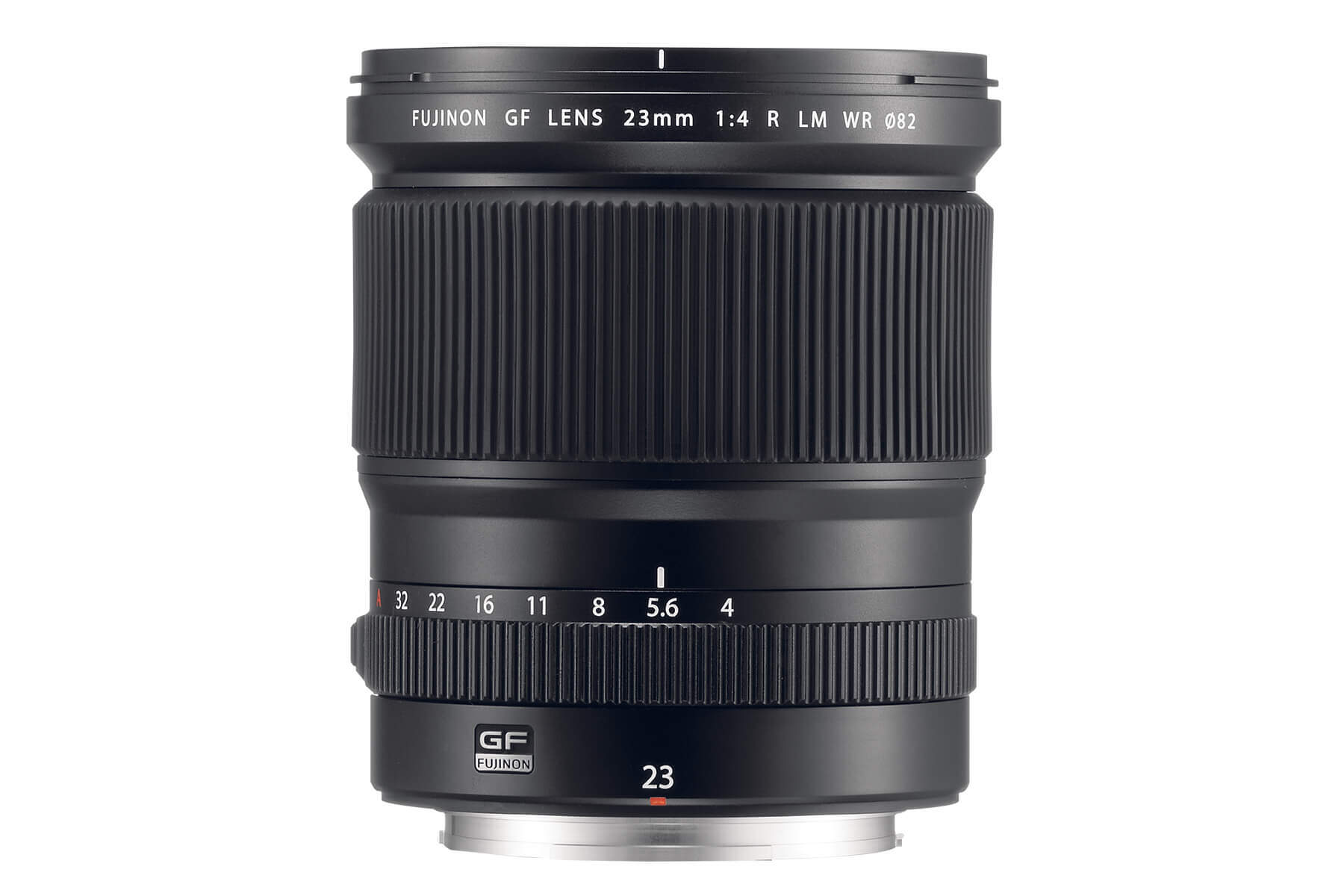
Get involved
If you’re looking to make the switch to Fujifilm and want to be featured in Photography News, click here, fill out the form and you could be selected to borrow a Fujifilm camera and two lenses for up to two weeks, free of charge! Terms and conditions apply and can be found here.
Don’t forget to sign up to receive our newsletter below, and get notified about the new issue, exclusive offers and competitions.
Have you heard The Photography News Podcast? Tune in for news, techniques, advice and much more! Click here to listen for free.



